The Joint Statement establishing the Comprehensive Strategic Partnership for Peace, Cooperation, and Sustainable Development between Vietnam and the United States signed by General Secretary Nguyen Phu Trong and President Joe Biden marks a remarkable development in the relationship between the two countries.
Partners on the basis of mutual respect
That partnership continues to be based on full respect for the fundamental principles that have guided the bilateral relationship over the past time, including respect for the United Nations Charter, international law, and each other's political institutions, independence, sovereignty, and territorial integrity.
The upgrade of the Comprehensive Strategic Partnership demonstrates Vietnam's proactive and natural upgrading of relations with the United States, taking a big step forward in demonstrating its long-standing independent and self-reliant foreign policy.
This is an outstanding result of the Comprehensive Partnership established by the leaders of the two countries exactly 10 years ago.
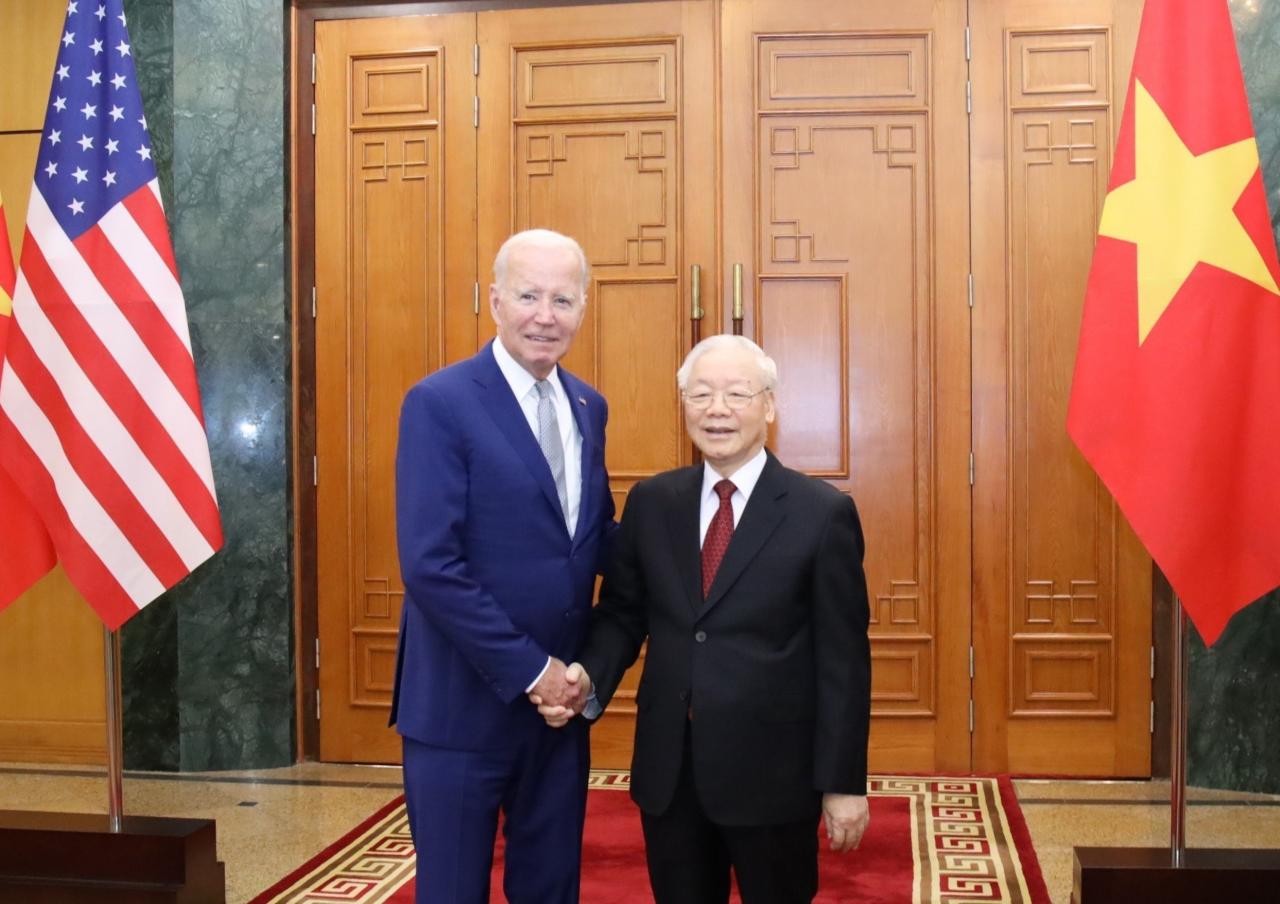
The meeting of two top leaders from two different political systems is a symbolic event.
Australian Vietnam scholar, Professor Carl Thayer, commented: “Vietnam is pursuing a diplomatic initiative to elevate relations with important partners to the highest level.”
Professor Thayer added that economic relations need to be upgraded because the US is Vietnam's largest export market and the US is not a party to any free trade agreements with Vietnam such as the CPTPP.
President Joe Biden's schedule in Vietnam is packed with activities. The welcoming ceremony for President Joe Biden was solemnly held at the Presidential Palace with the highest protocol for a head of state. General Secretary Nguyen Phu Trong presided over the welcoming ceremony. This is the first time a US President has paid a state visit at the invitation of the General Secretary of the Communist Party of Vietnam.
Ambassador Pham Quang Vinh commented that US President Joe Biden's visit to Vietnam is a state visit, at the invitation of the General Secretary, different from the usual invitation by the President to the head of state.
“It can be seen that the meeting of two senior leaders from two different political systems is a symbolic event. It is not only about the relationship between the two countries but also a symbol of mutual respect, including respect for each other's political systems,” he said.
In July 2015, General Secretary Nguyen Phu Trong made his first historic visit to the United States. President Obama and then-Vice President Joe Biden received him and issued a vision statement on bilateral relations. After the 13th Party Congress, President Biden congratulated the General Secretary on his re-election. Last March, the two leaders had a phone call.
“All of that clearly shows that the two sides have exchanged a lot at that level. This time is also a continuation of that and shows that in addition to the exchange between the two leaders, it also shows mutual respect for political institutions,” the ambassador said.
He commented that the relationship between the two countries still has much room for development. The two countries share interests in economic cooperation, science and technology cooperation, overcoming the consequences of war, regional and international cooperation... all of which have intertwined interests. Without intertwined interests, cooperation cannot be promoted.

President Vo Van Thuong receives US President Joe Biden
Promoting economic and technological cooperation will be the focus
President Joe Biden, at a press conference on September 10, cited the story of a Vietnamese company signing a $4 billion deal to build an electric car and battery factory in North Carolina, creating 7,000 jobs.
World-class Vietnamese technology companies have been and will be listed on the US stock market and the two sides will have many more important trade contracts signed during this visit.
Two-way trade turnover has continuously witnessed high growth rates, increasing more than 275 times, from about 450 million USD 30 years ago to 124 billion USD in 2022.
The United States has been Vietnam's leading trade partner and one of the largest export markets for many years, accounting for nearly 30% of Vietnam's total export turnover to the world. In 2022, Vietnam became the 8th largest trade partner of the United States.
The joint statement said the United States welcomed Vietnam's significant progress in market-based economic reforms and affirmed its enthusiasm and commitment to broad, robust, and constructive coordination and support for Vietnam's transition to a market economy and eventual recognition of Vietnam's market economy status under U.S. law.

President Joe Biden and Prime Minister Pham Minh Chinh attend a dialogue with businesses
On September 8, 2023, the United States received a formal request from Vietnam requesting that the United States consider granting Vietnam market economy status. The United States will promptly consider this request from Vietnam in accordance with the law.
The joint statement said that, recognizing Vietnam's great potential to become a key country in the semiconductor industry, the two leaders supported the rapid development of the semiconductor ecosystem in Vietnam and the two sides will actively coordinate to enhance Vietnam's position in the global semiconductor supply chain.
Vietnam and the United States announced the launch of human resource development initiatives in the semiconductor sector, with the U.S. Government providing an initial seed grant of $2 million, with future support from the Vietnamese Government and the private sector.
Professor Carl Thayer said that US investment in Vietnam’s semiconductor industry and the establishment of a secure and resilient supply chain are key areas of development between Vietnam and the US. US investment will aim to improve Vietnam’s computer chip assembly, packaging and testing capabilities. Other areas of cooperation will focus on green energy transition and decarbonization.
At the Vietnam-US Summit on Investment and Innovation held at the Government Office on September 11, Minister of Planning and Investment Nguyen Chi Dung suggested that semiconductor corporations such as Intel, Amkor, Marvell, Global Foundries and the US Semiconductor Association develop a chip and semiconductor ecosystem, coordinate with the National Innovation Center to build a training and research and development center, and move towards designing chip and semiconductor products in Vietnam.

National Assembly Chairman Vuong Dinh Hue meets with US President Joe Biden.
The Minister suggested that Boeing develop a component manufacturing ecosystem and build a regional aircraft equipment and machinery maintenance center (Hang-Ga) in Vietnam. Google and technology companies promote innovation activities, AI cooperation, and organize high-tech human resource training programs in Vietnam.
Cooperation in Education and Training and Health are also pillars, as there are currently 30,000 Vietnamese students studying in the US. In terms of cooperation in medical training, Dr. Lisa Cosimi, who is in charge of the Center for Health Care with International Organizations at Harvard University, said that in recent times, Harvard has helped a number of Vietnamese medical universities develop smart classrooms to innovate teaching, open courses on general education, modernize laboratories, apply technology and develop electronic medical databases, etc. She believes that cooperation in medical training, especially at the undergraduate and postgraduate levels, will be strengthened in the future, helping Vietnamese schools reach international standards.
A series of foreign affairs, economic, educational activities, etc. were announced in the Joint Statement. That clearly demonstrates the role of the Party and General Secretary Nguyen Phu Trong in moving towards a better and more prosperous future in relations with the United States as well as with the region and the world.
Lan Anh
Vietnamnet.vn





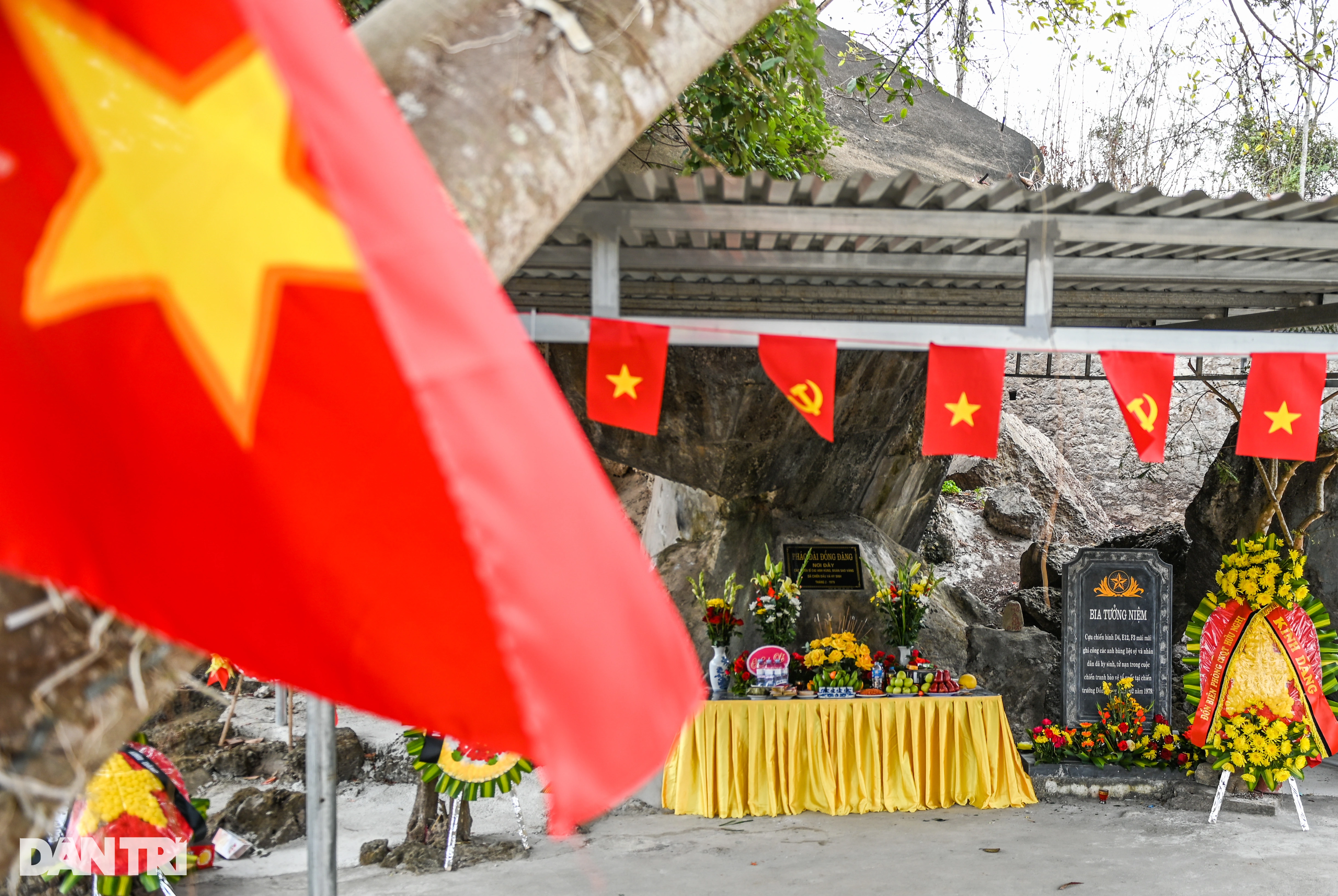
























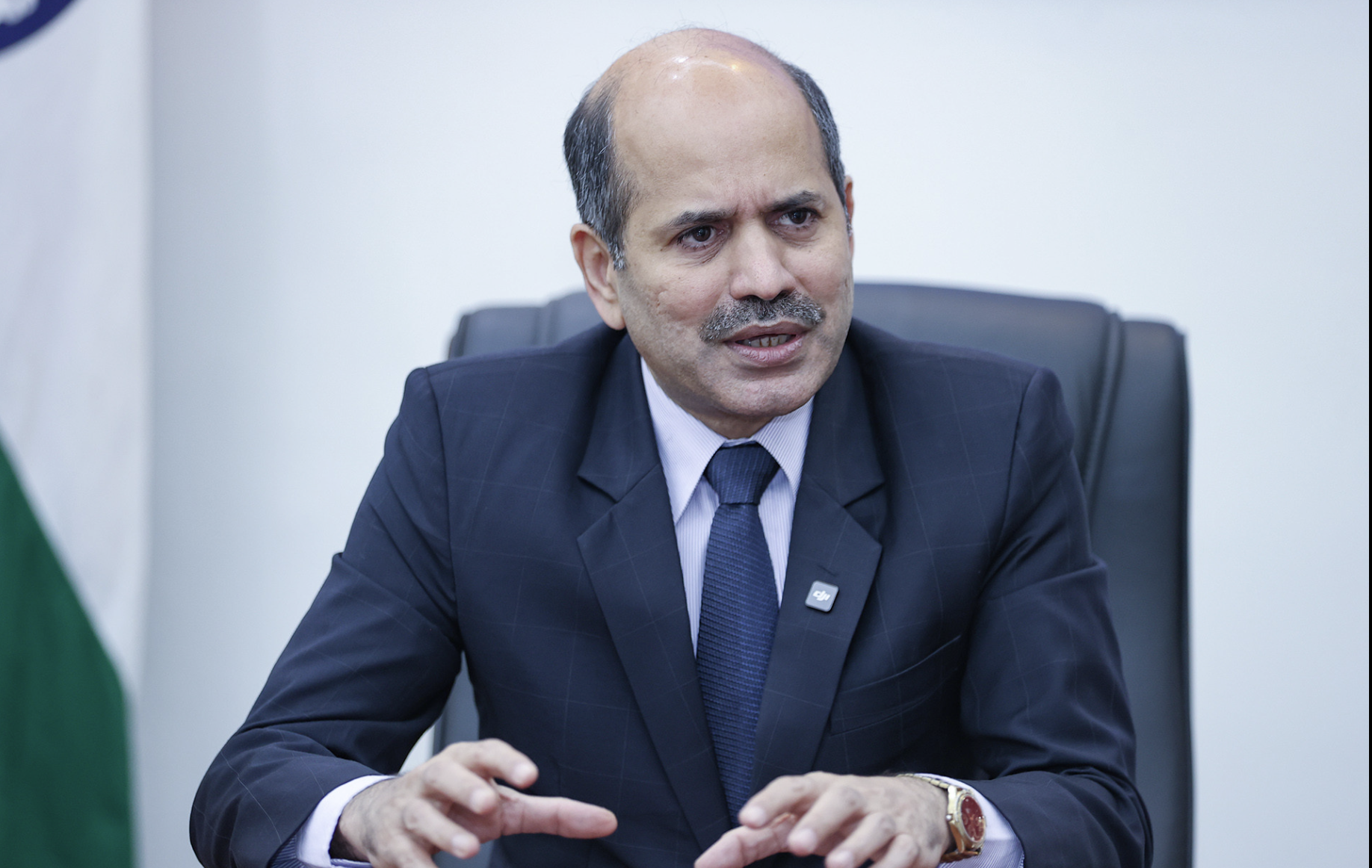
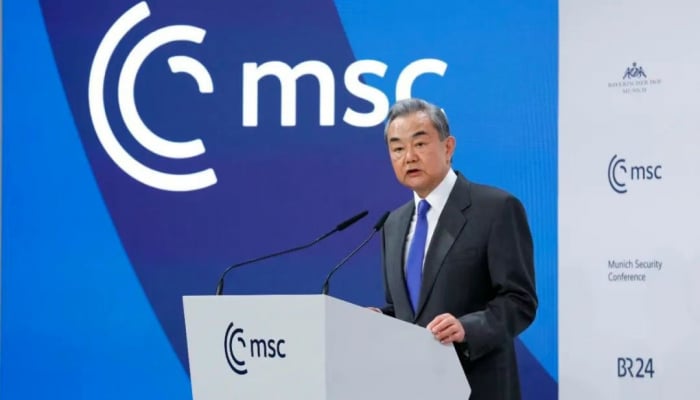

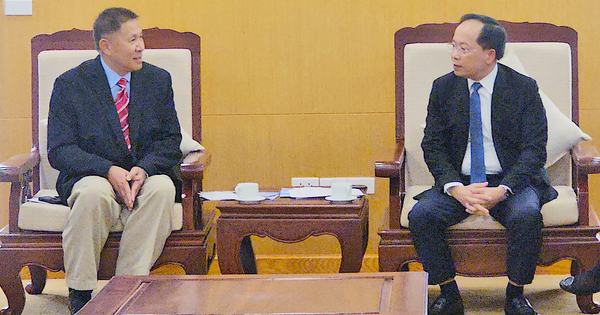

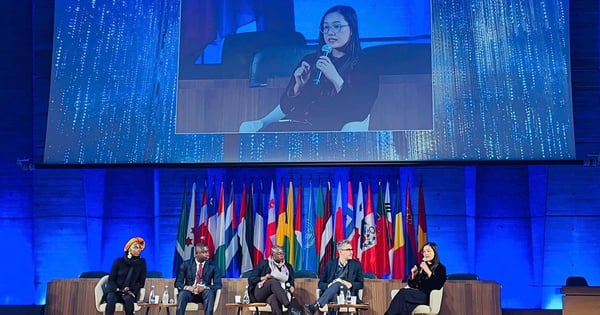

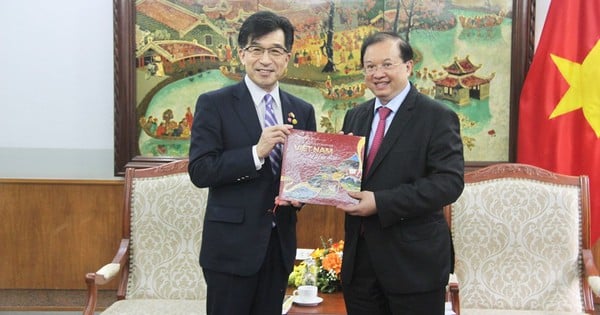
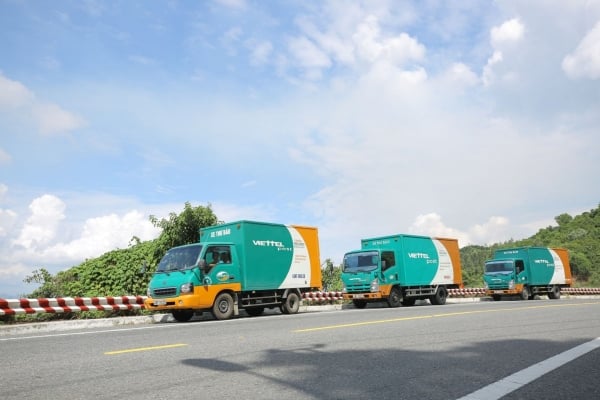

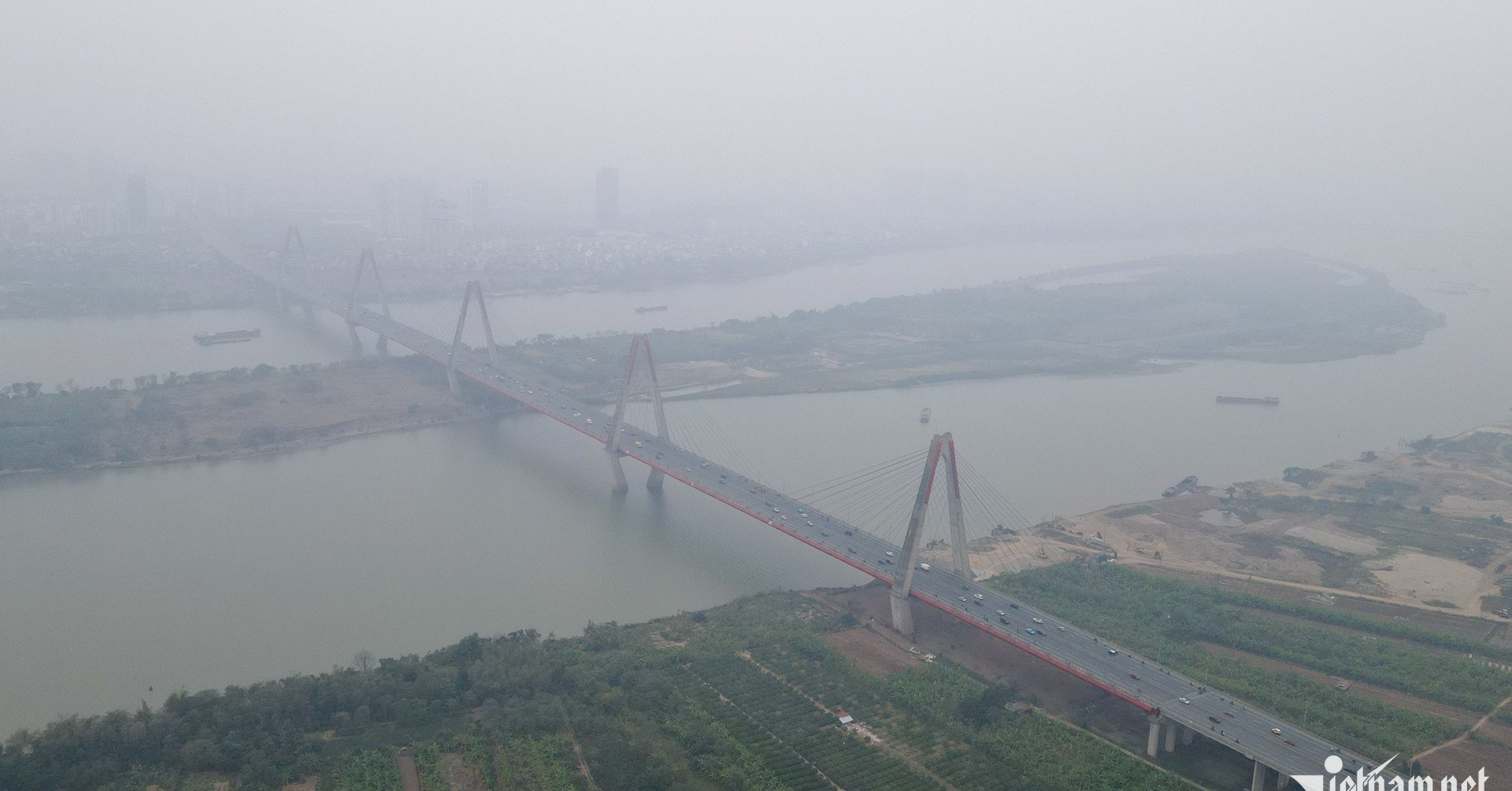
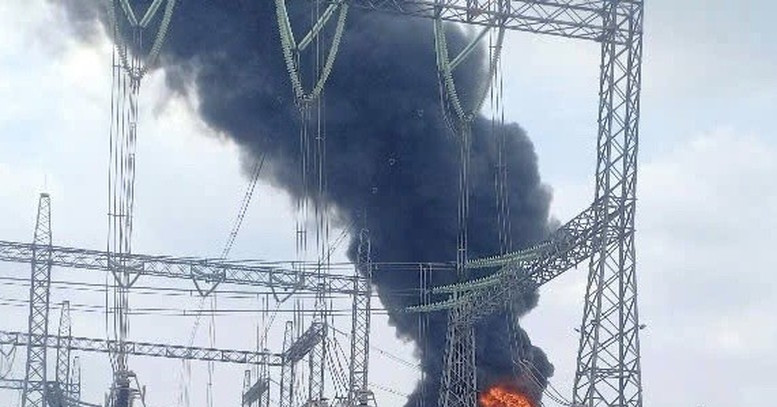
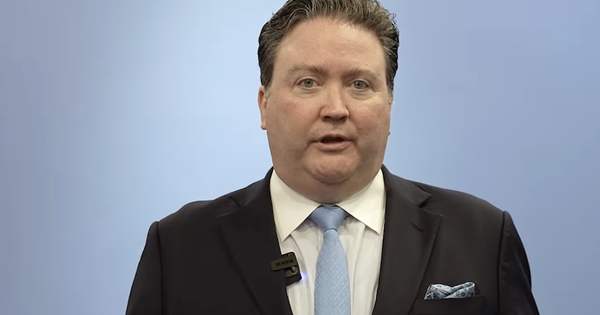

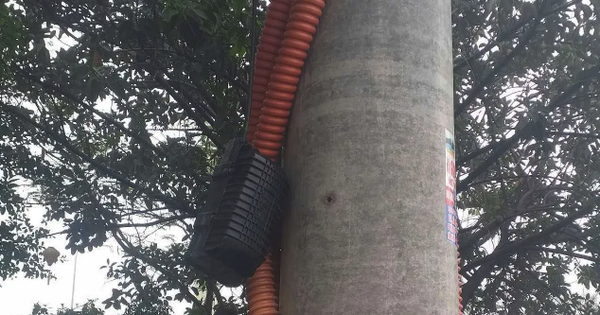

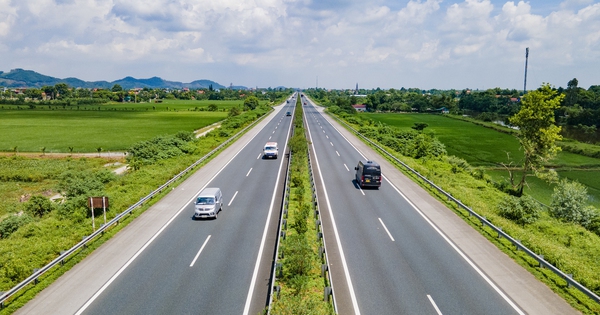

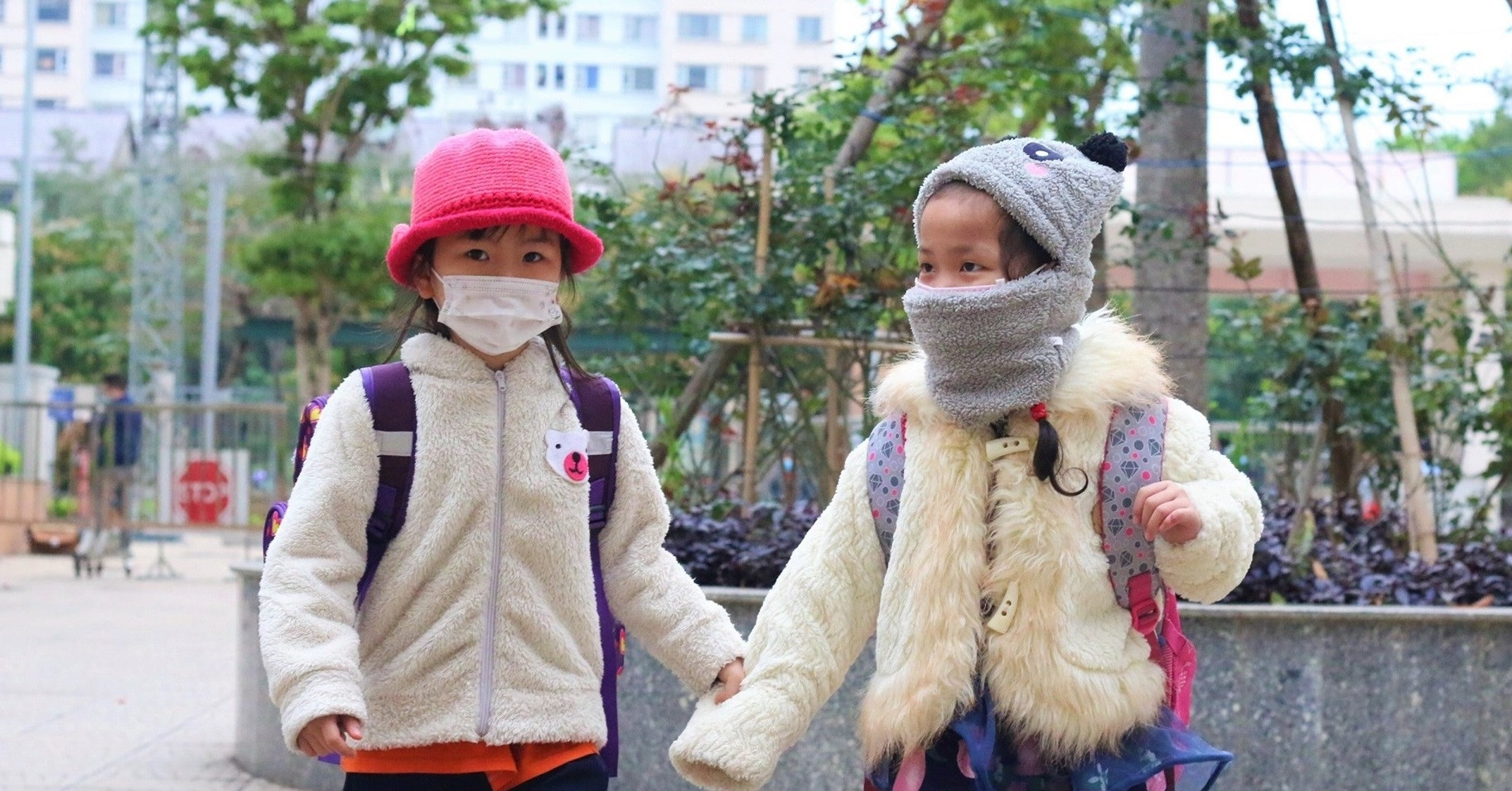
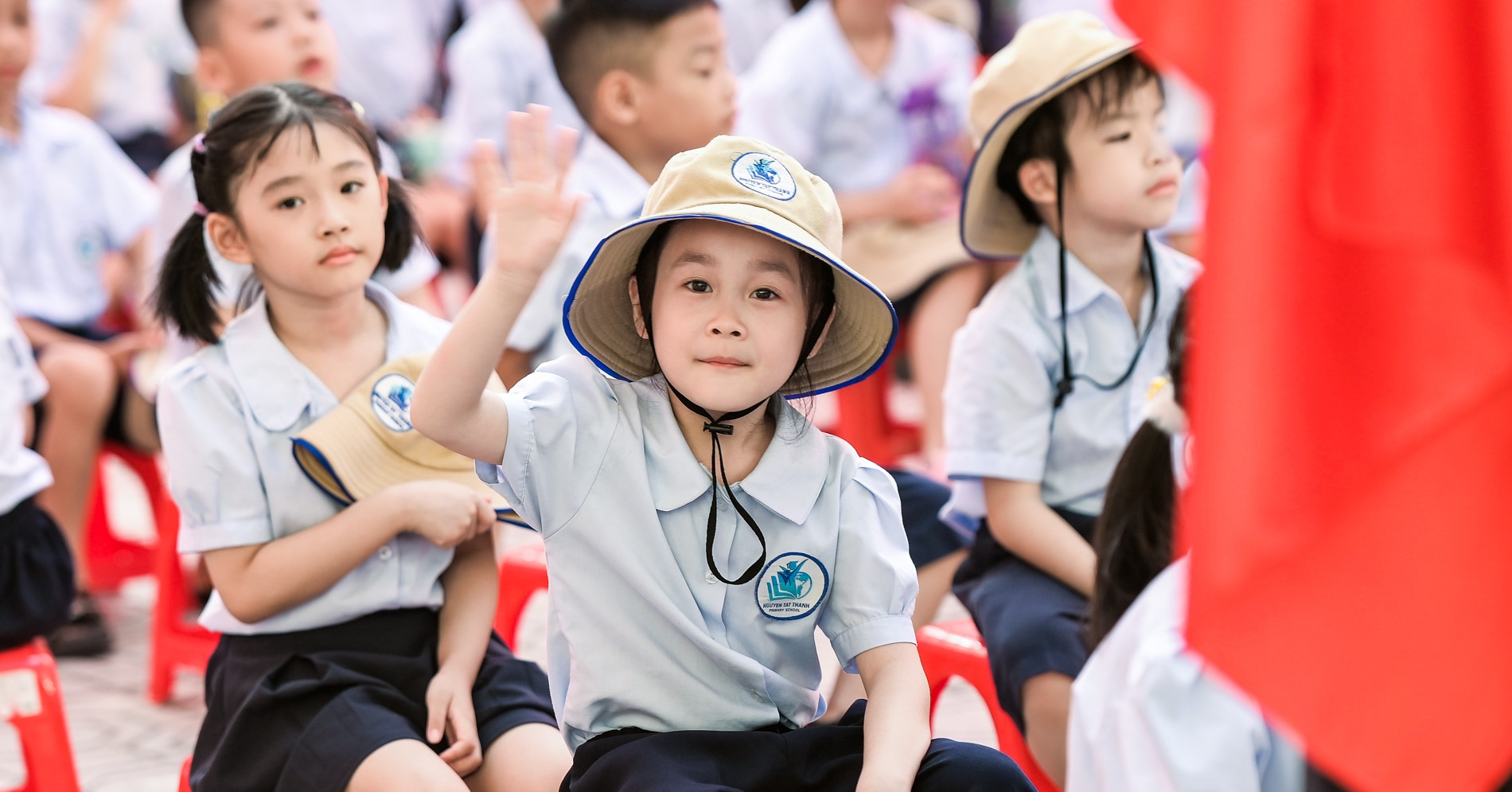
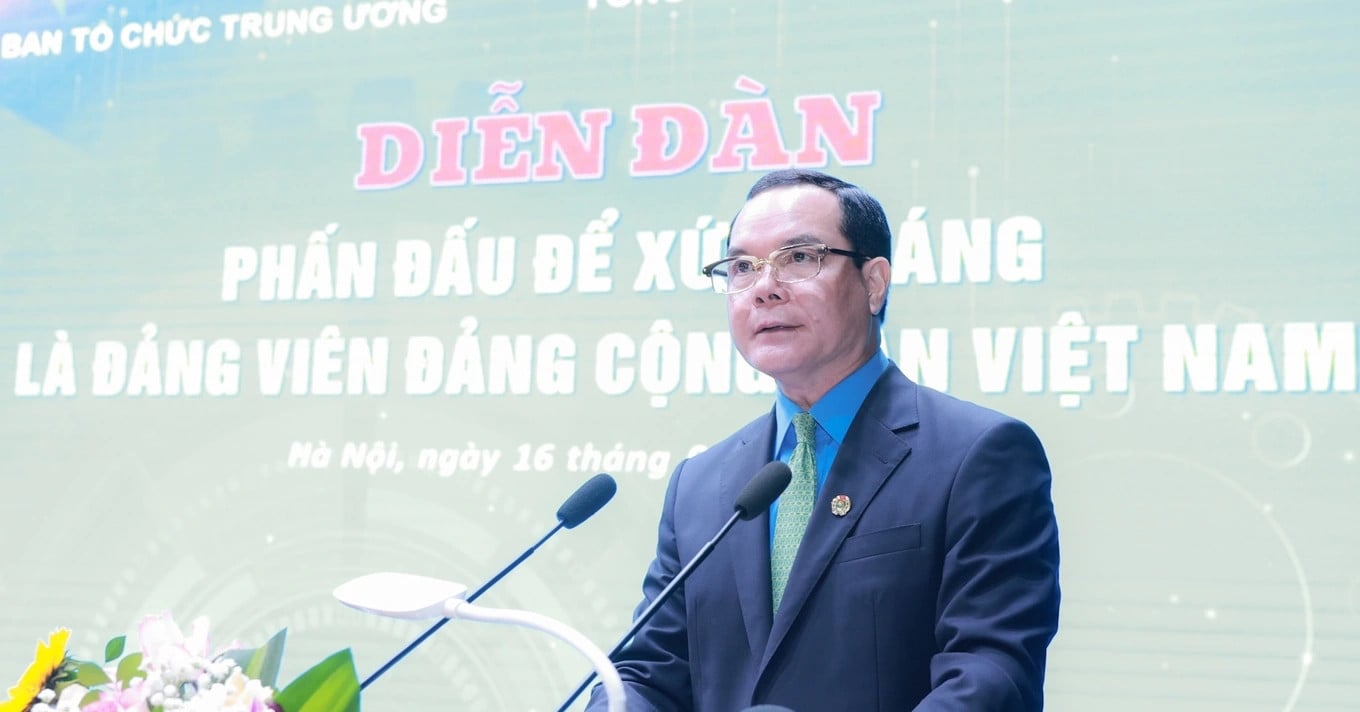
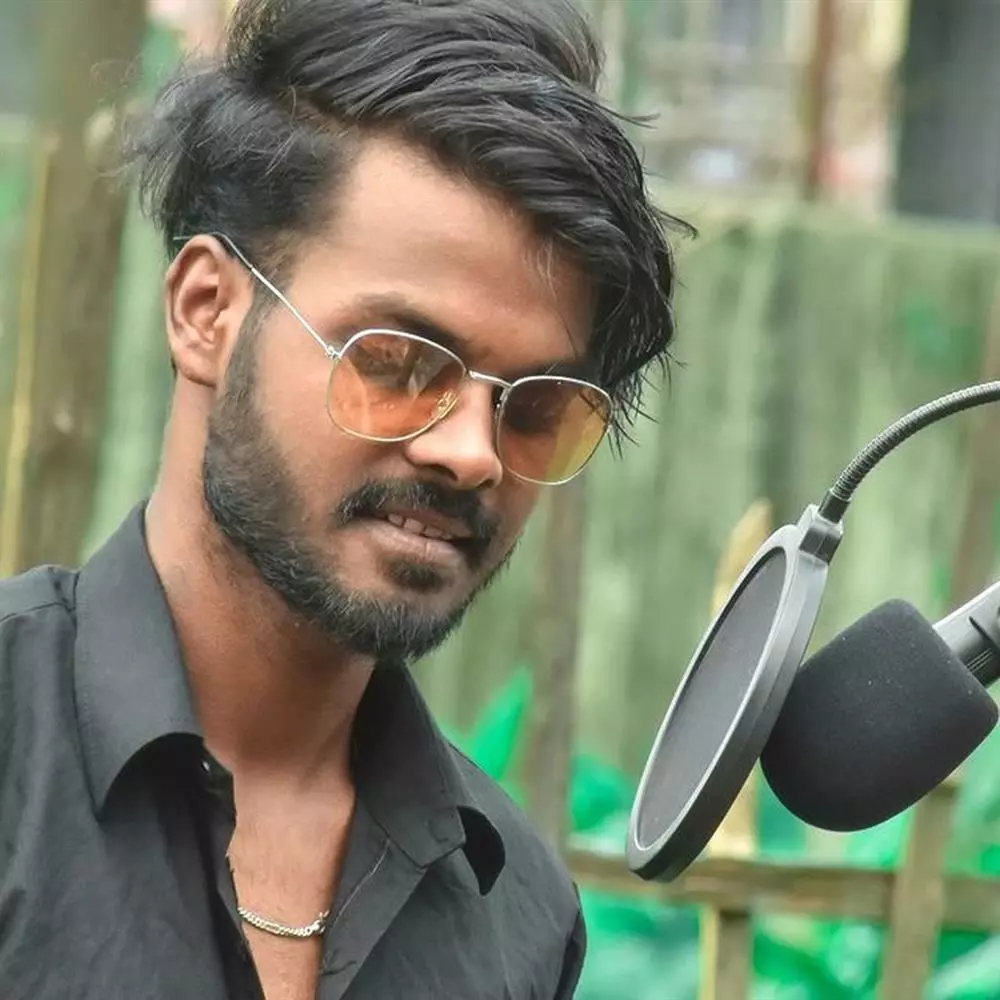



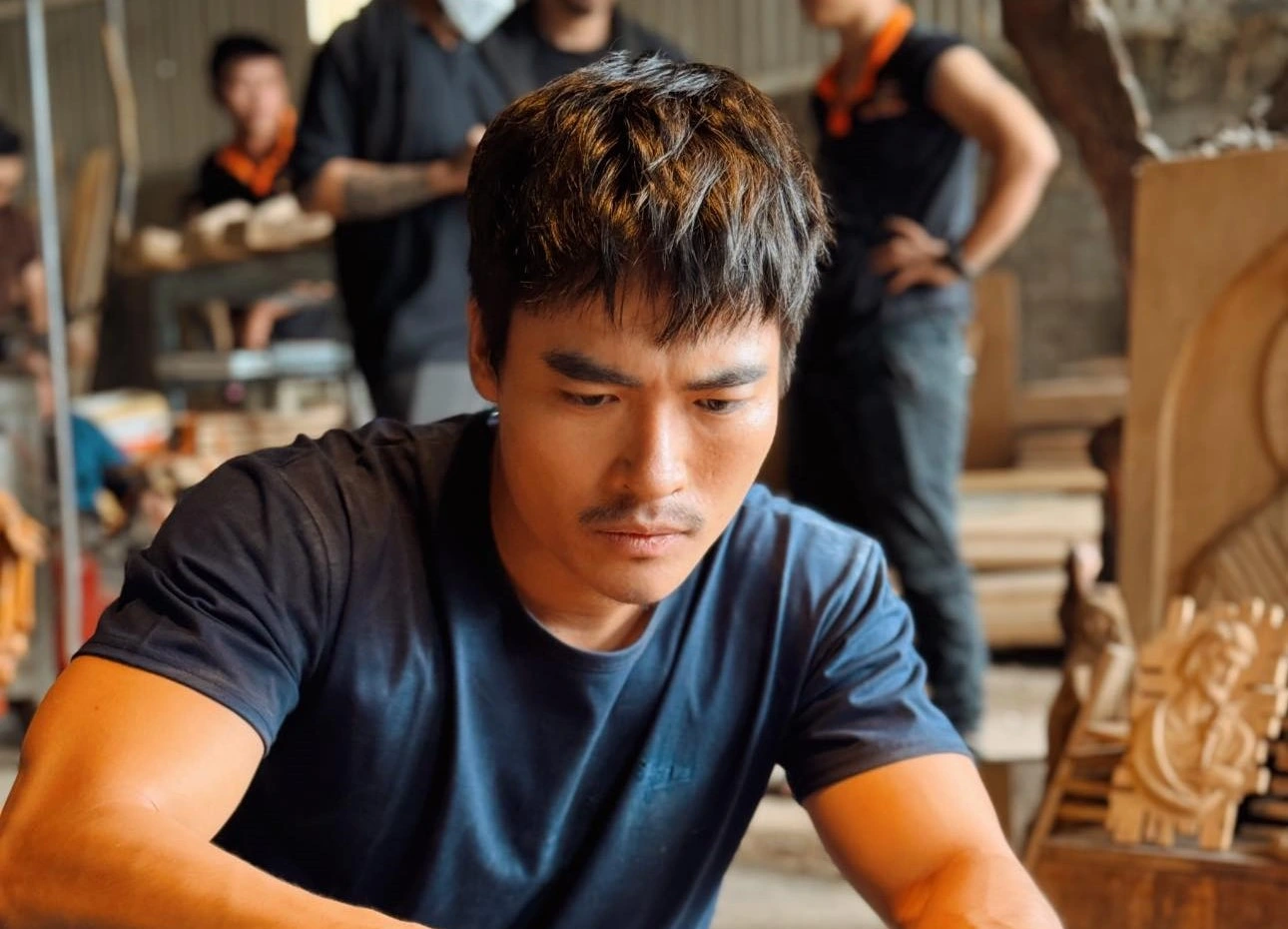









Comment (0)